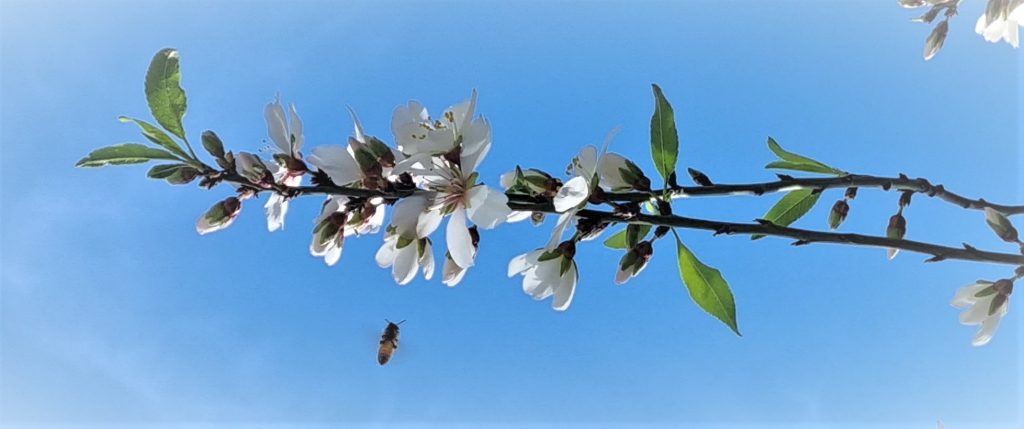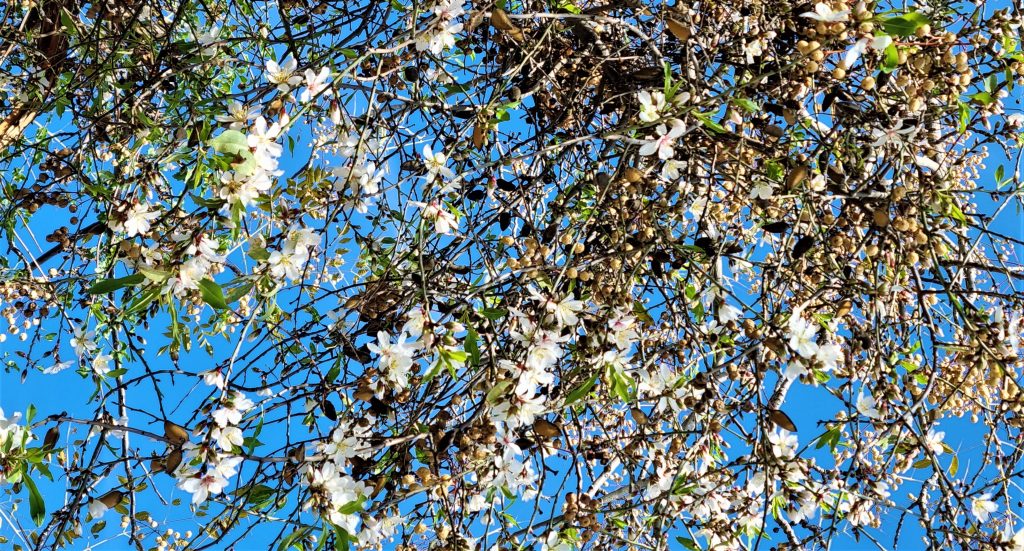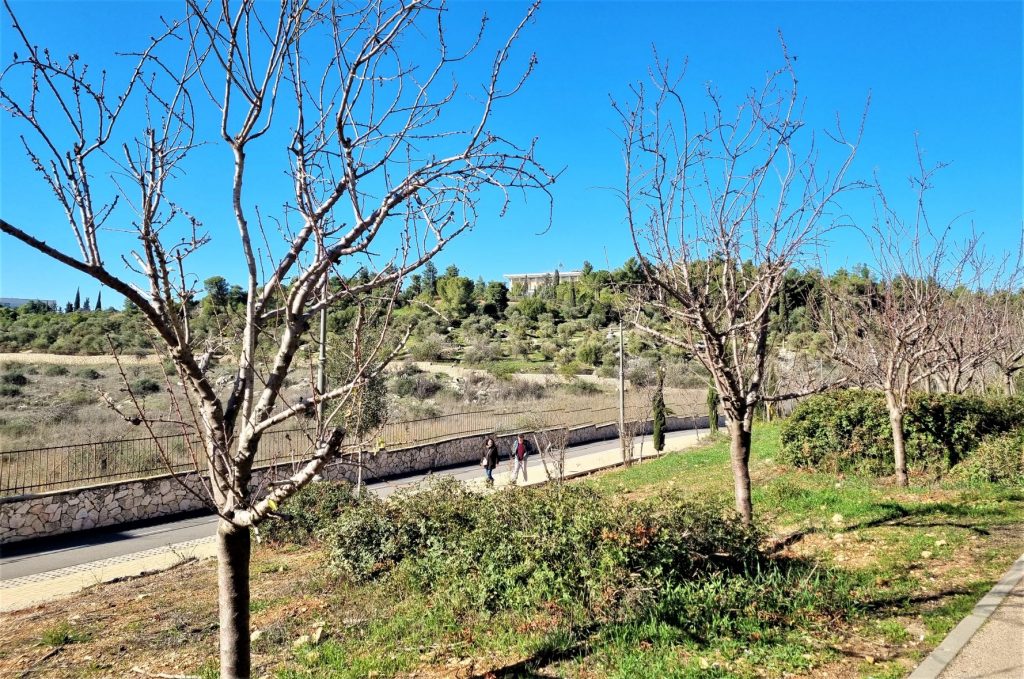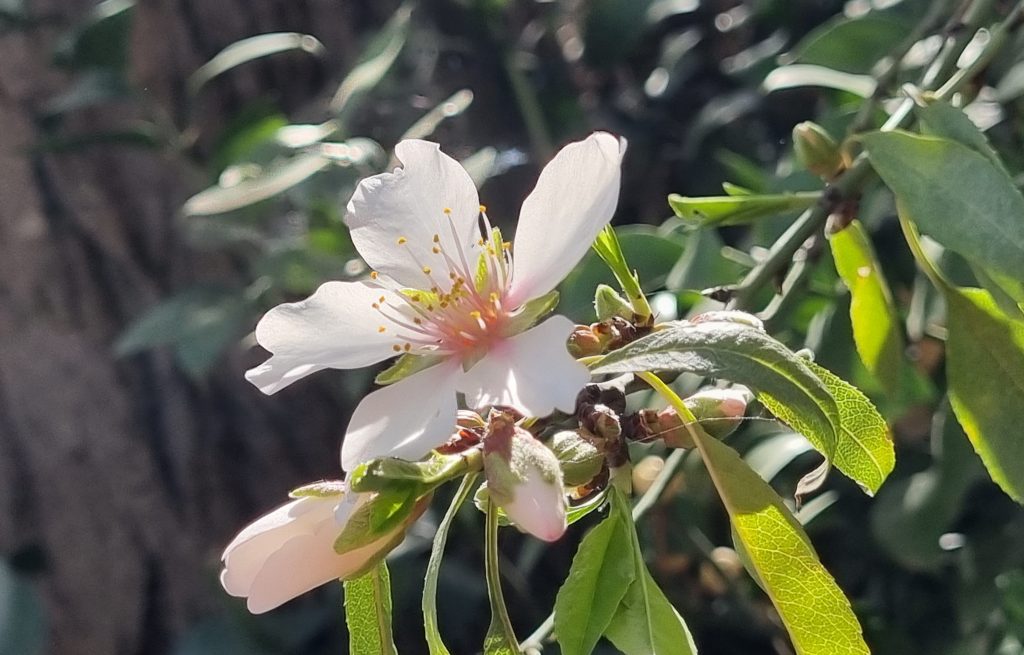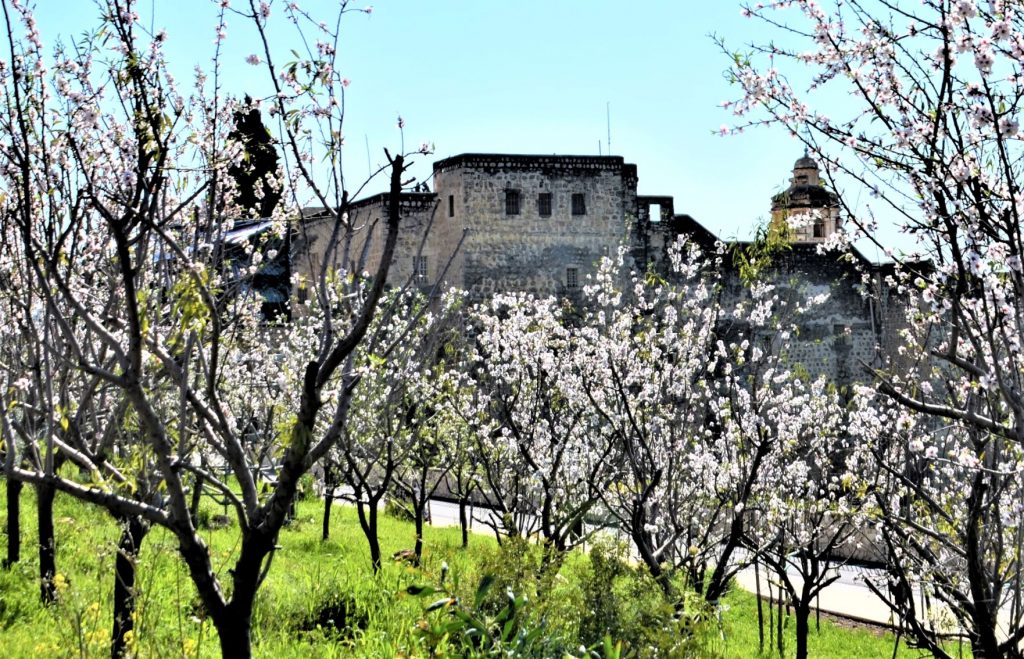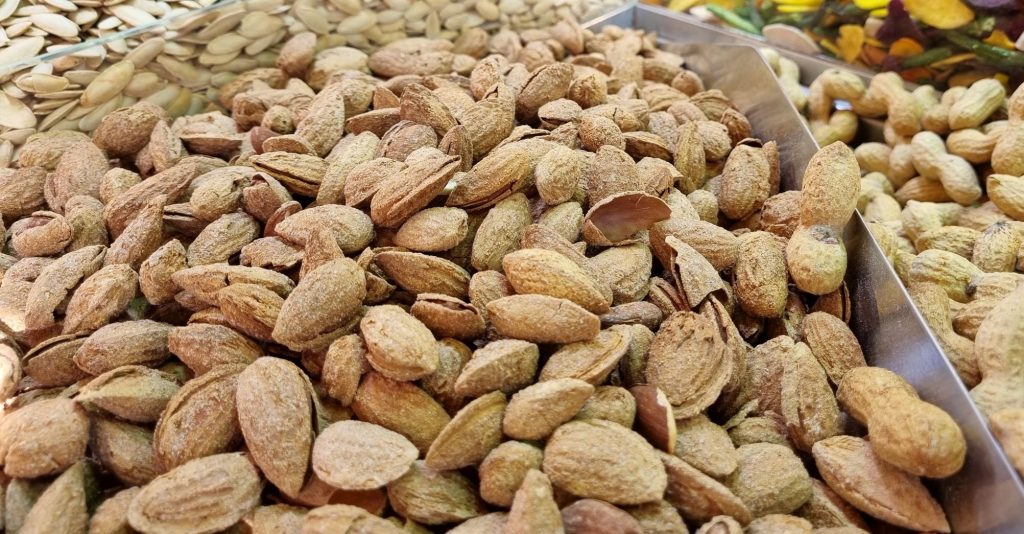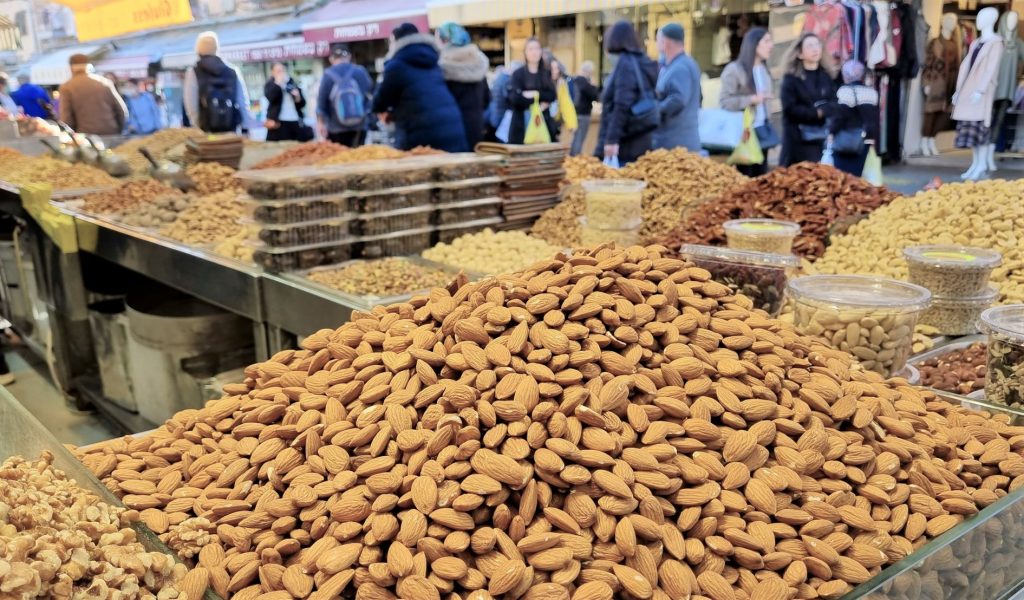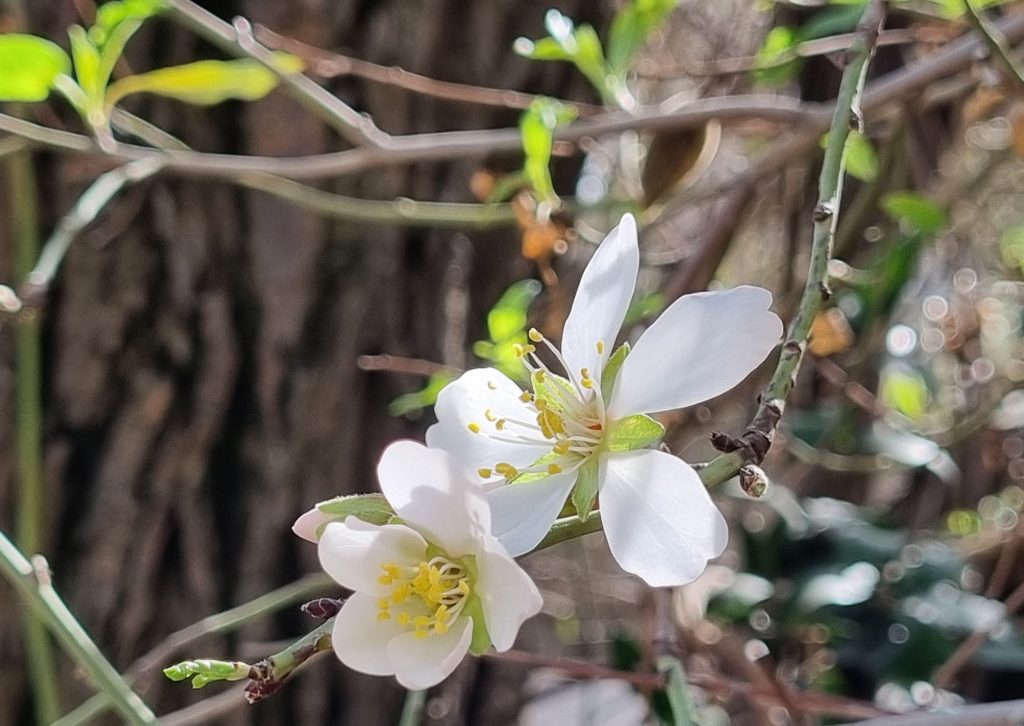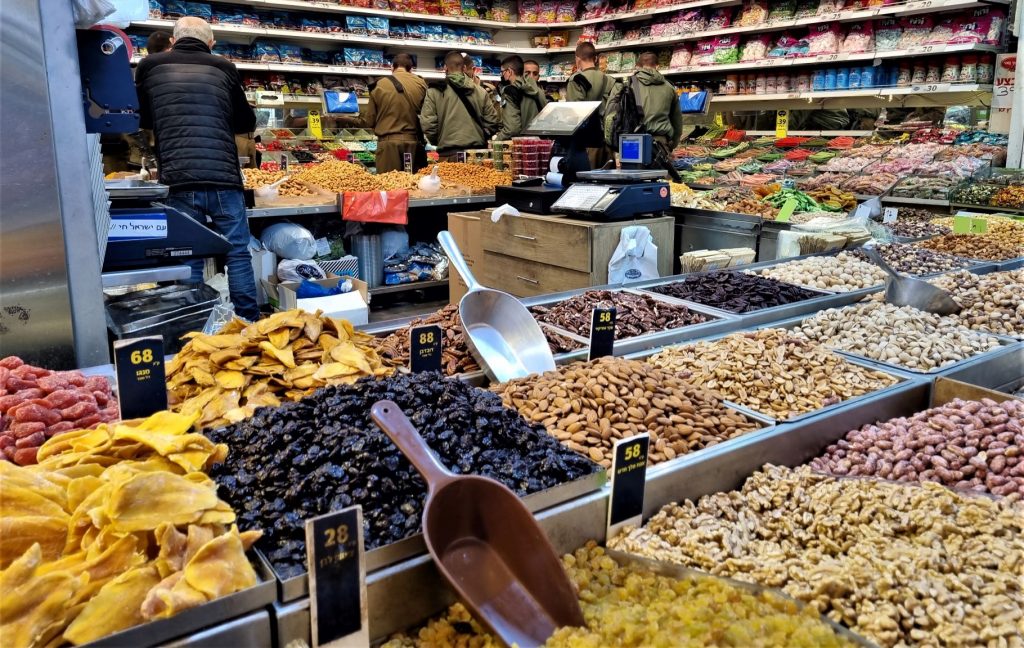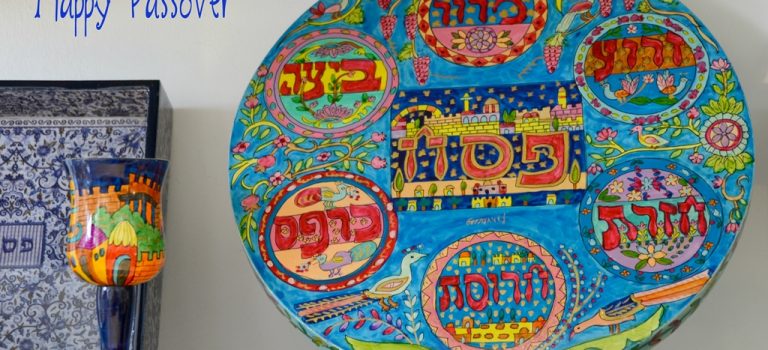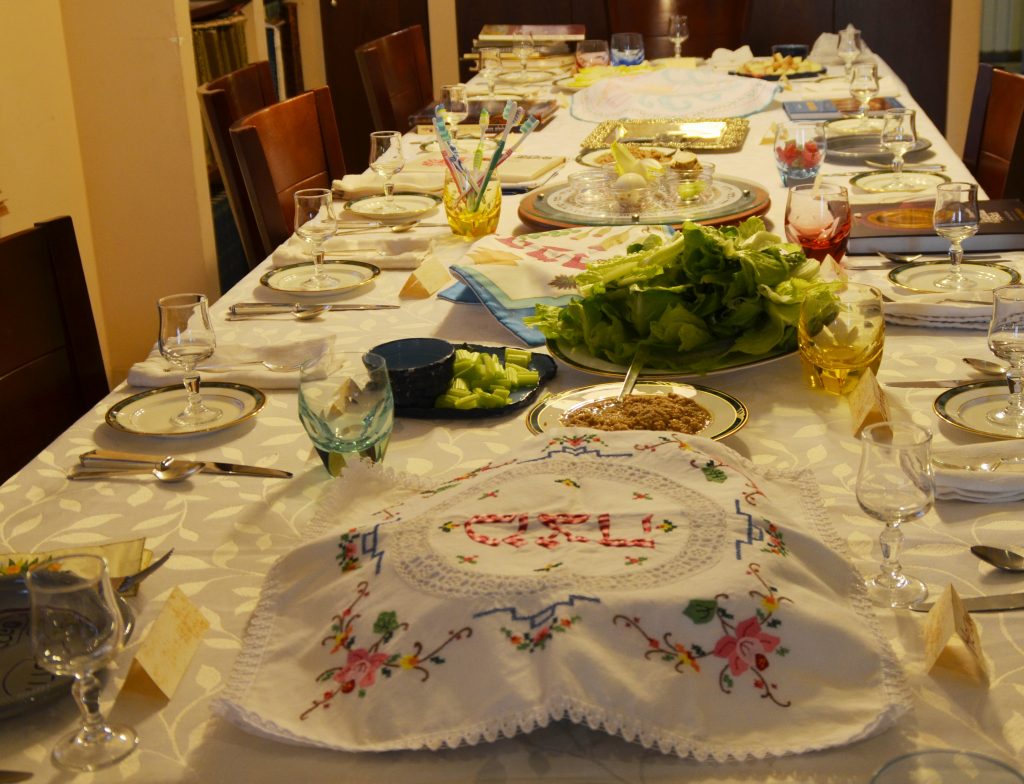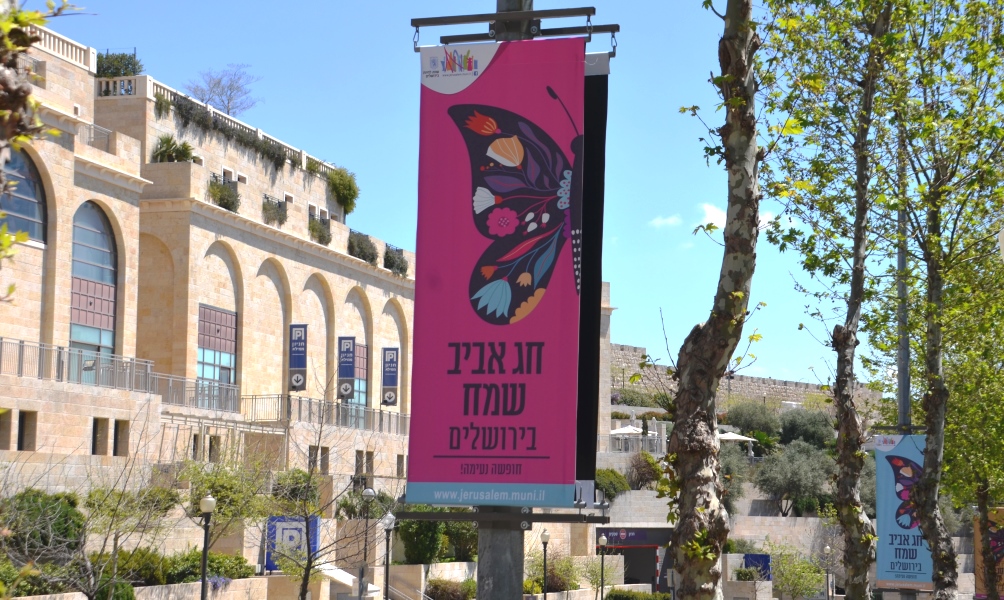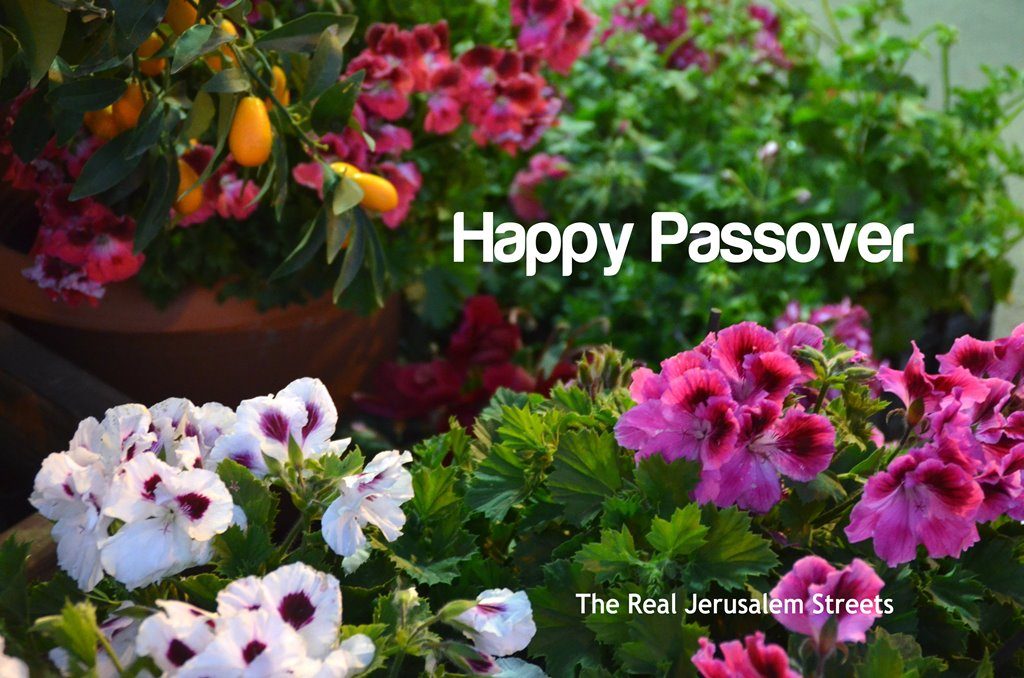The week before Pesach, Passover, many houses are turned upside down and kitchens are cleaned and changed over for the holiday.
Children are out of school – but are they ready to help and clean?
The current Knesset is on recess after a tumultuous session.
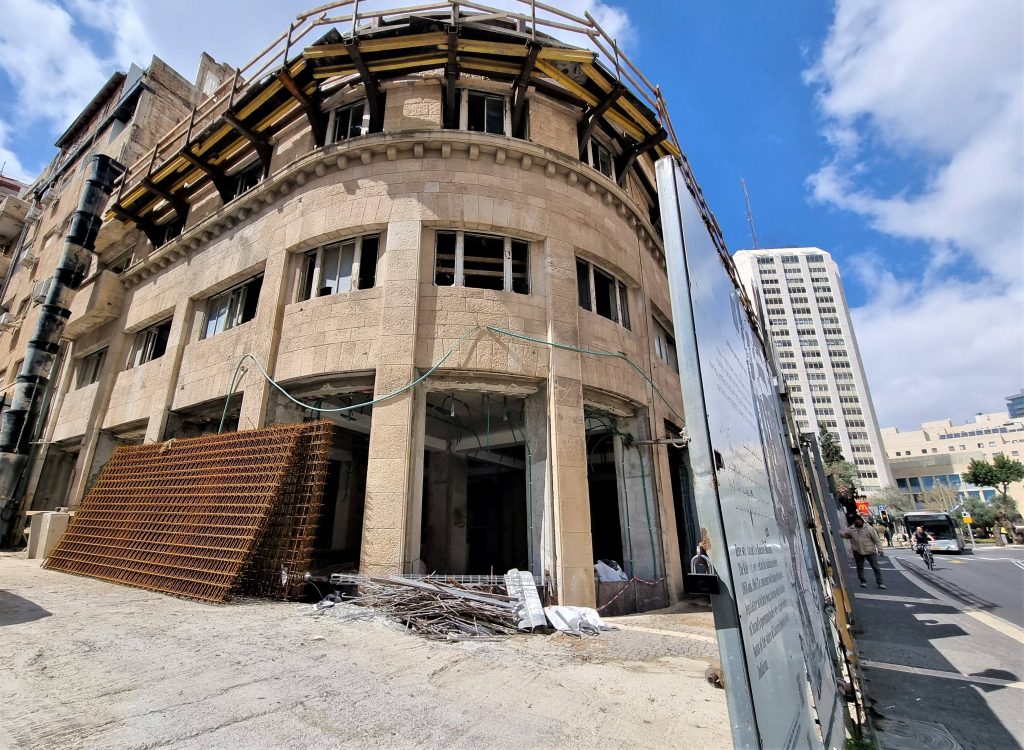
The good news, the Knesset Museum is showing positive signs of progress.
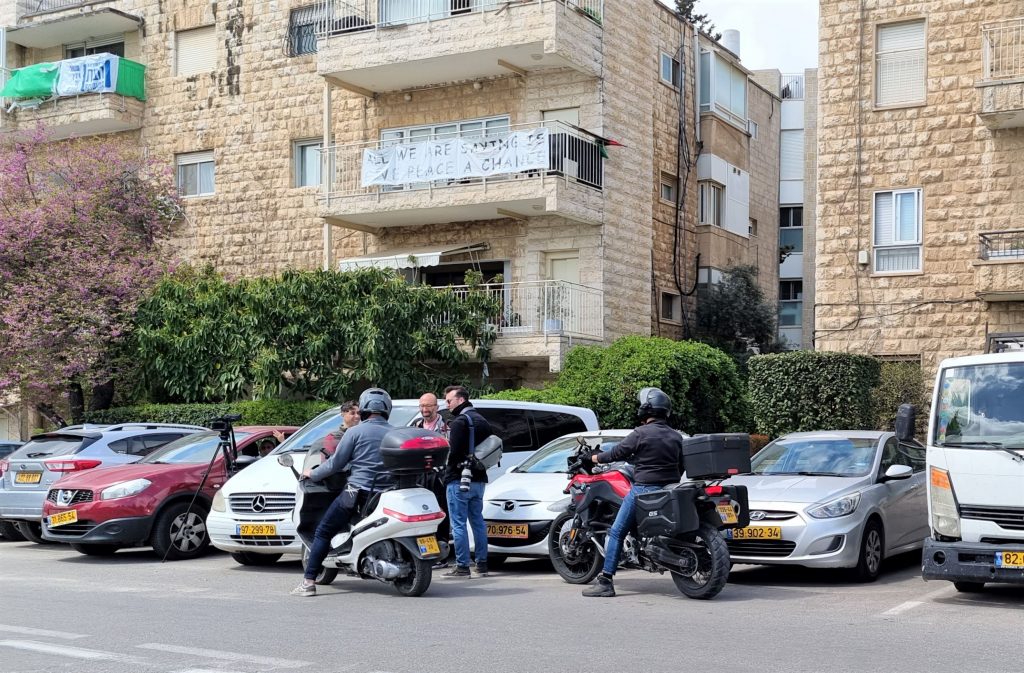
One place you did not find me was standing on the street across from Beit Hanasi, the Israeli President’s Residence waiting to photograph Knesset Members coming and going for meetings on a judicial reform compromise.
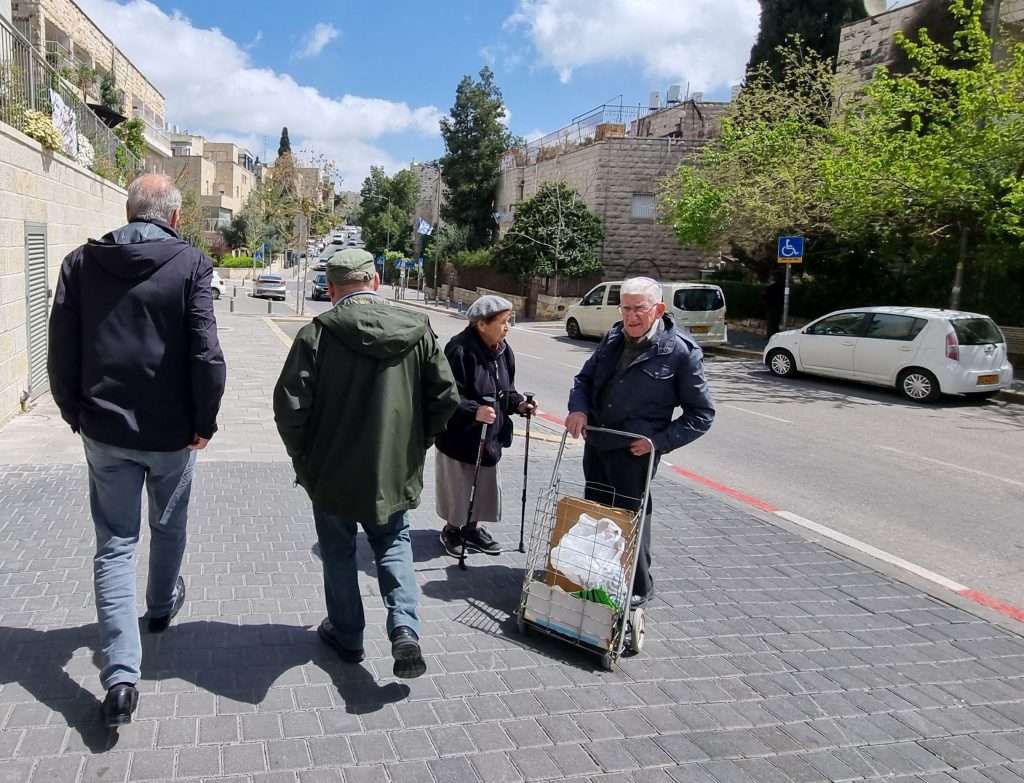
I did pass by Natan Sharansky but decided not to put my camera in his face.
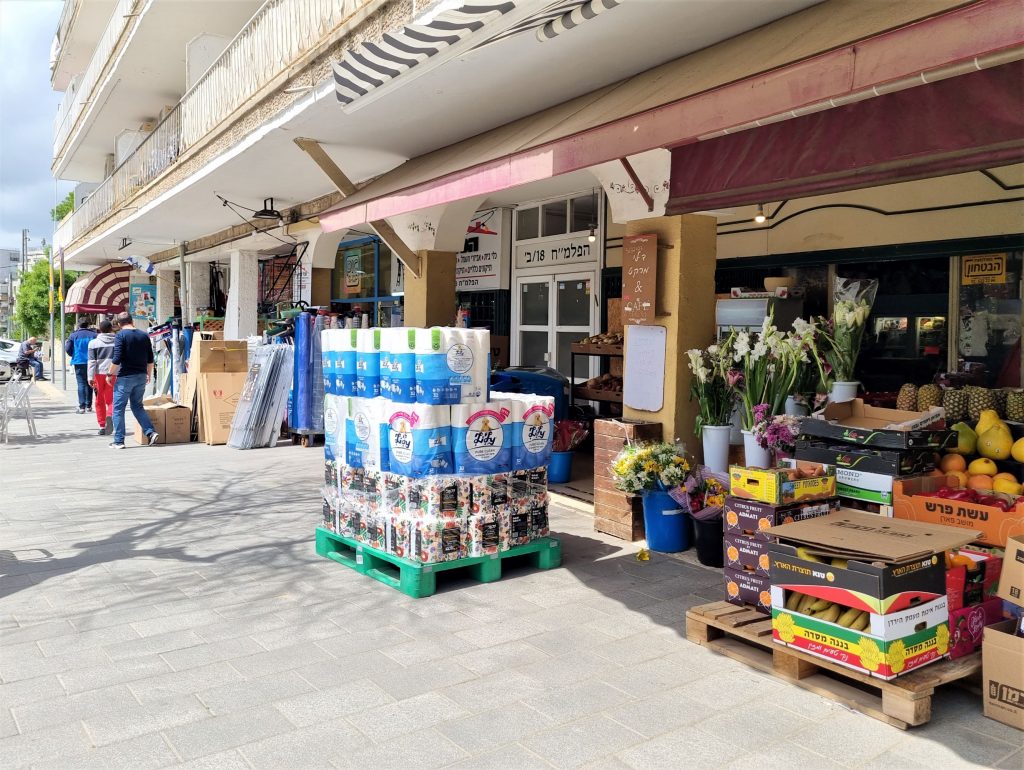
Not only pots, pans, and kitchenware are out on the Jerusalem streets, but large displays of toilet paper stand there next to the fresh produce.
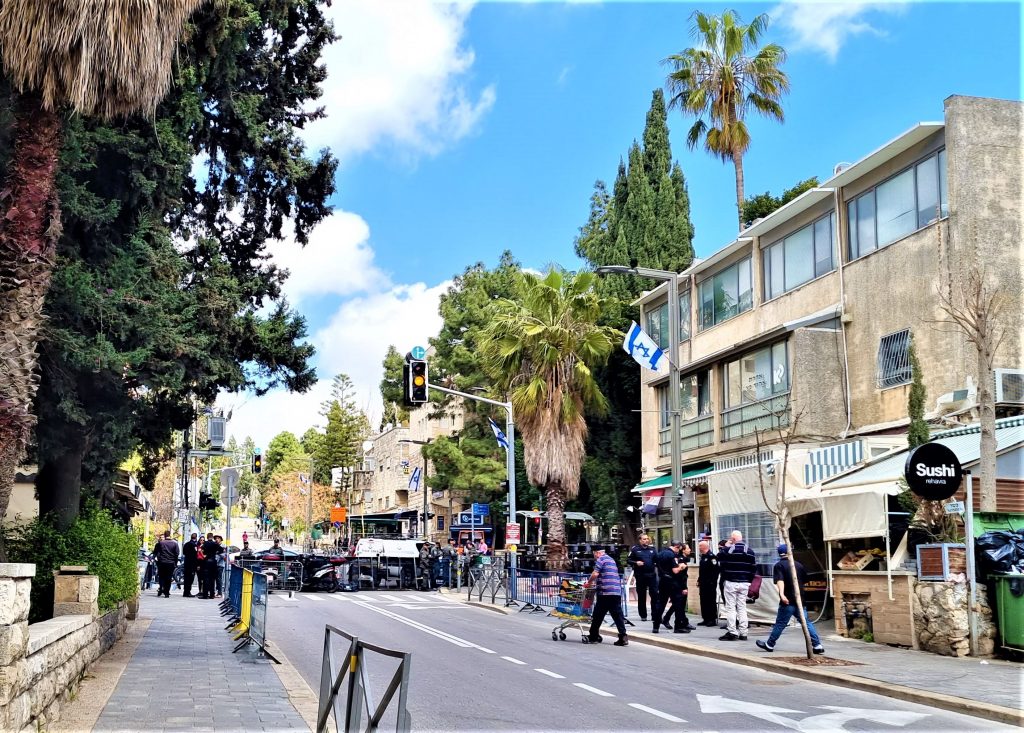
Some streets were easier to access than others this week due to the protests.
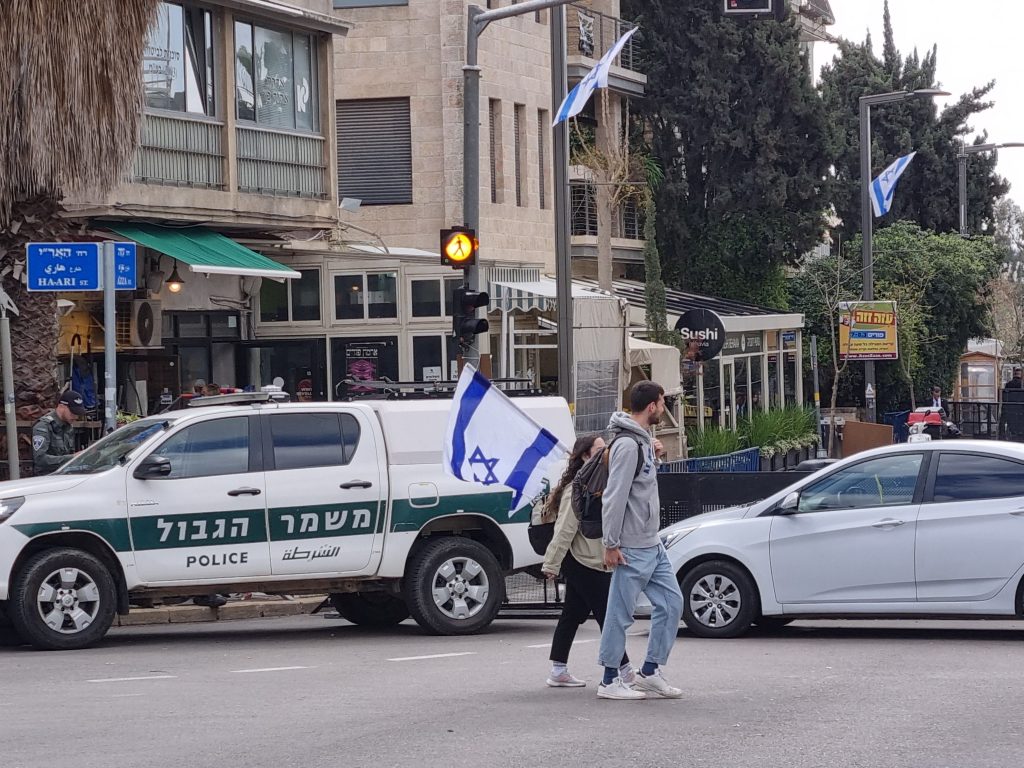
Plenty of Israeli flags were flying above the streets, as usual before the spring holidays, while others were carried to protest locations.
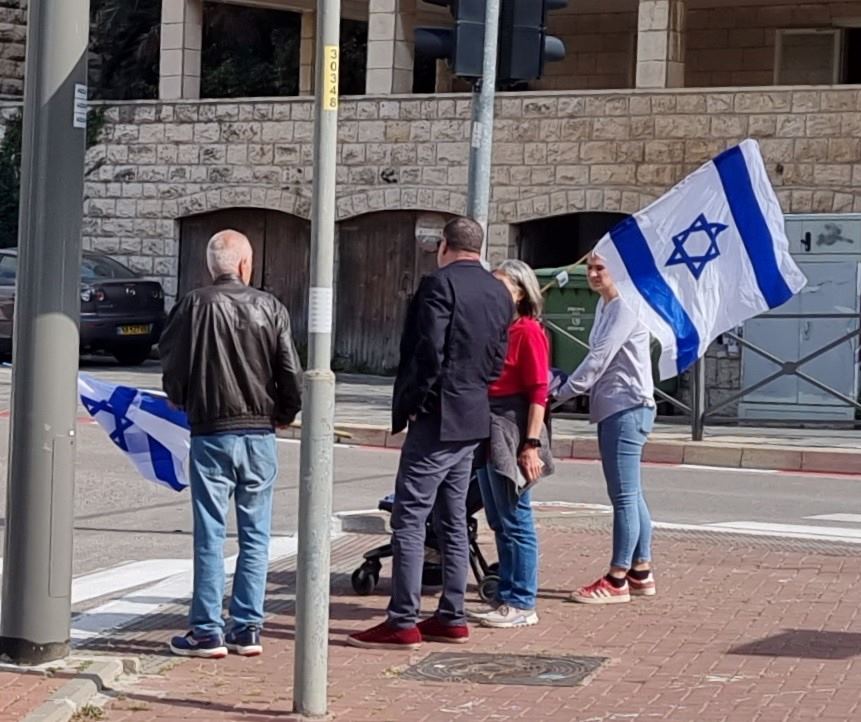
People came from all directions, for both a protest against the government, as well as one supporting Judicial reform. Sorry for those who arrived in Jerusalem by train on Monday and had to walk, as buses were not getting through the blocked streets.
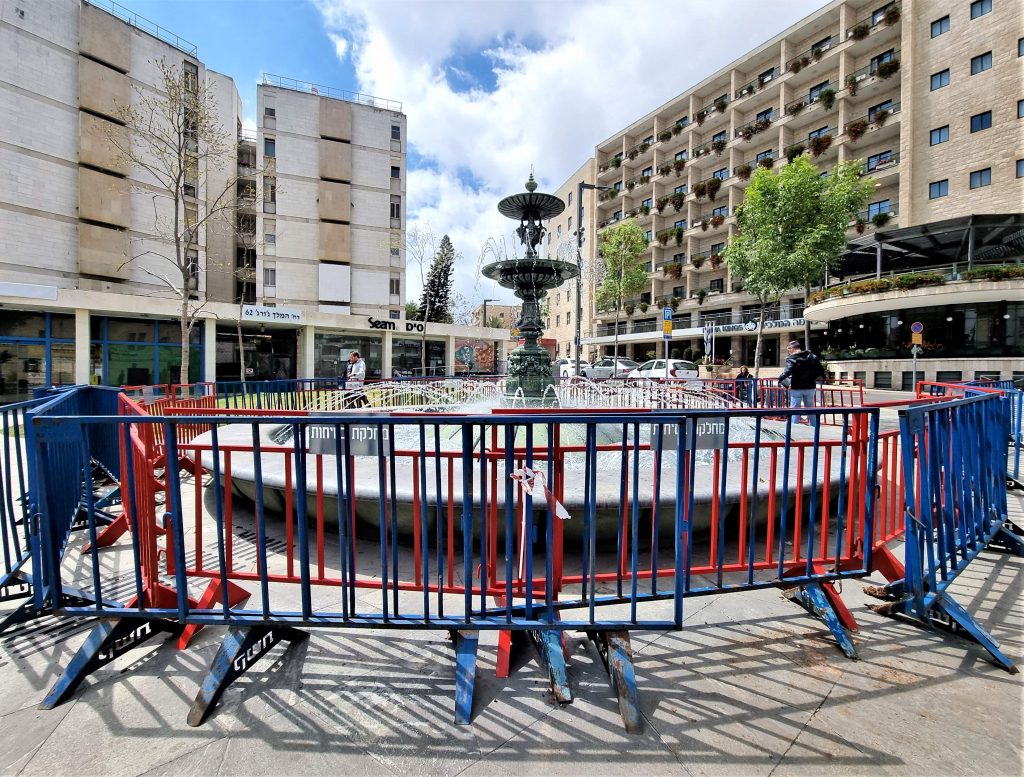
The fountain at France Square was behind a barrier. I will spare you photos of the stronger metal barriers found on more and more Jerusalem streets.
In spite of it all –
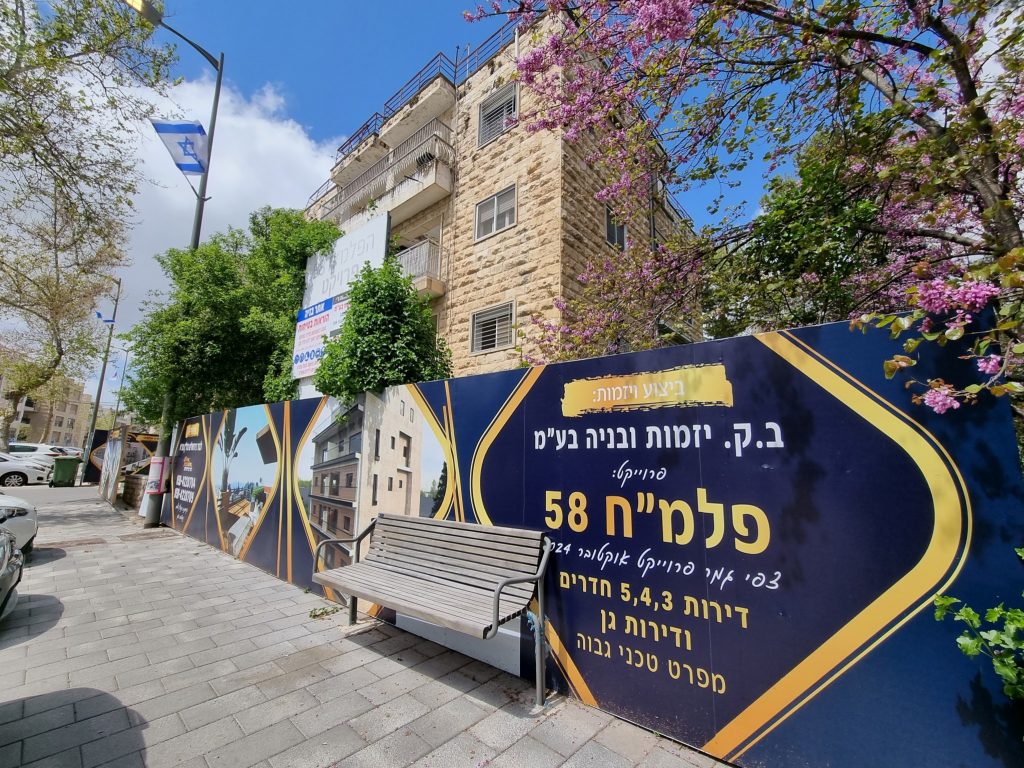
Signs have gone up on old buildings to go higher in remodeling projects.
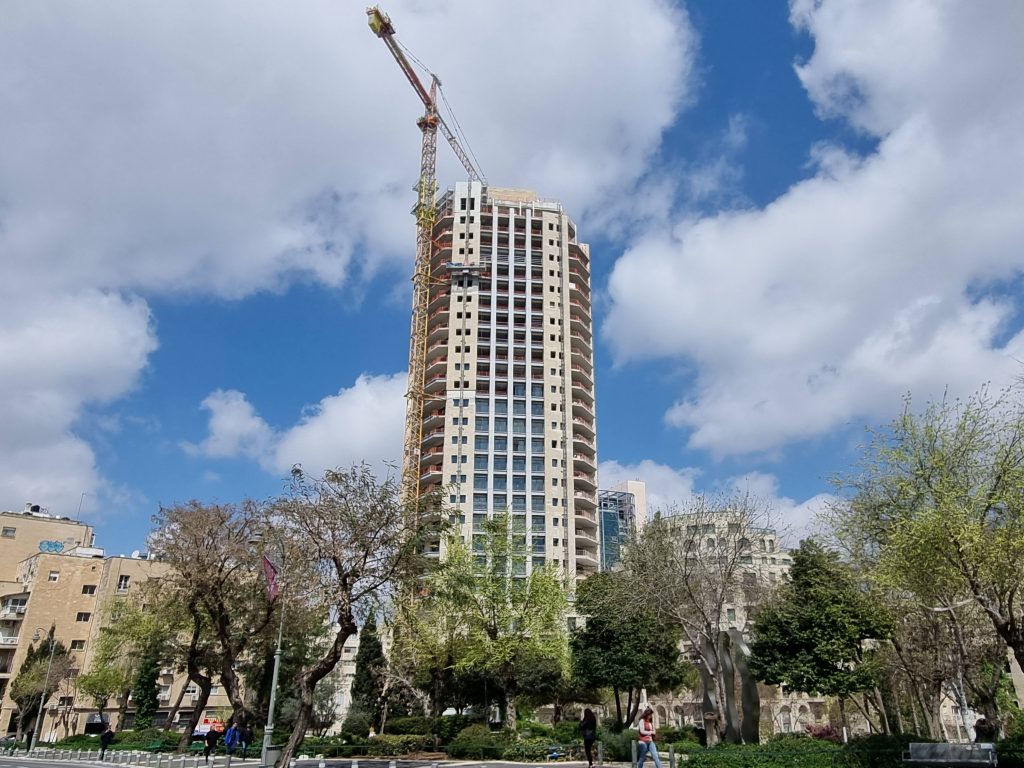
The Jerusalem skyline is changing as new buildings go higher and higher.
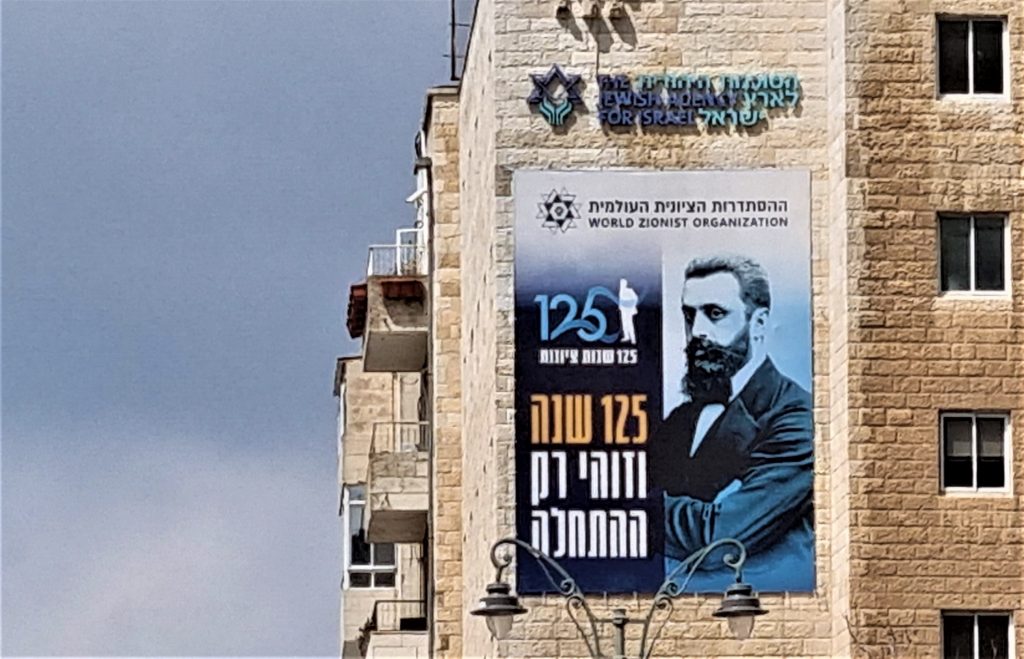
One hundred and twenty-five years later, Theodore Herzl would certainly not recognize Jerusalem today.
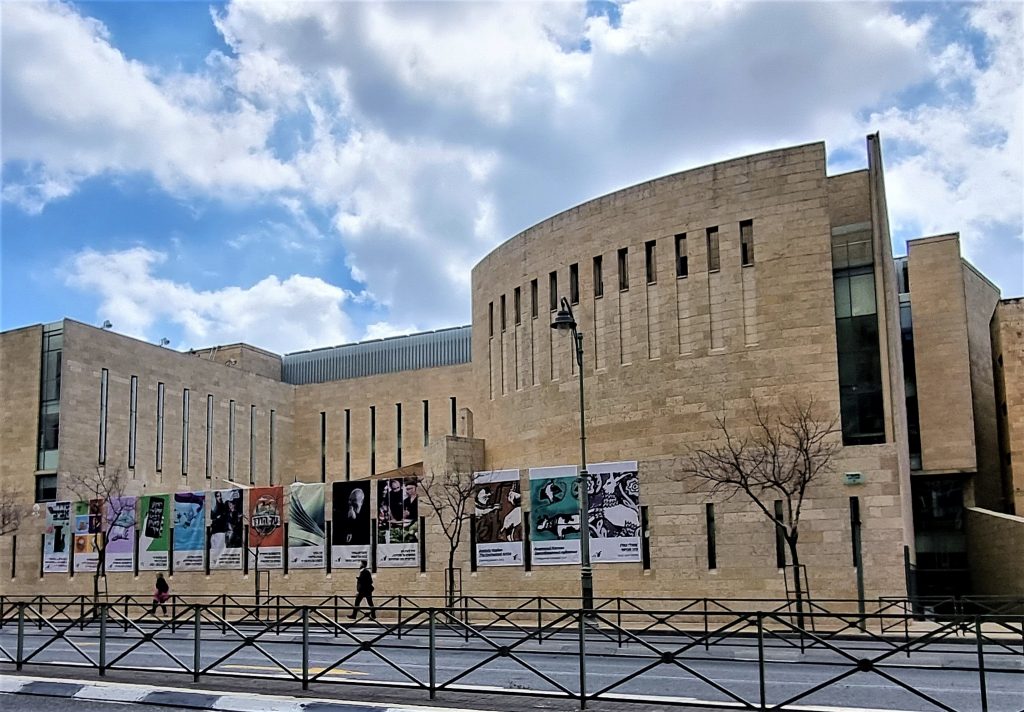
Beit Avi Chai has new posters announcing spring and summer events.
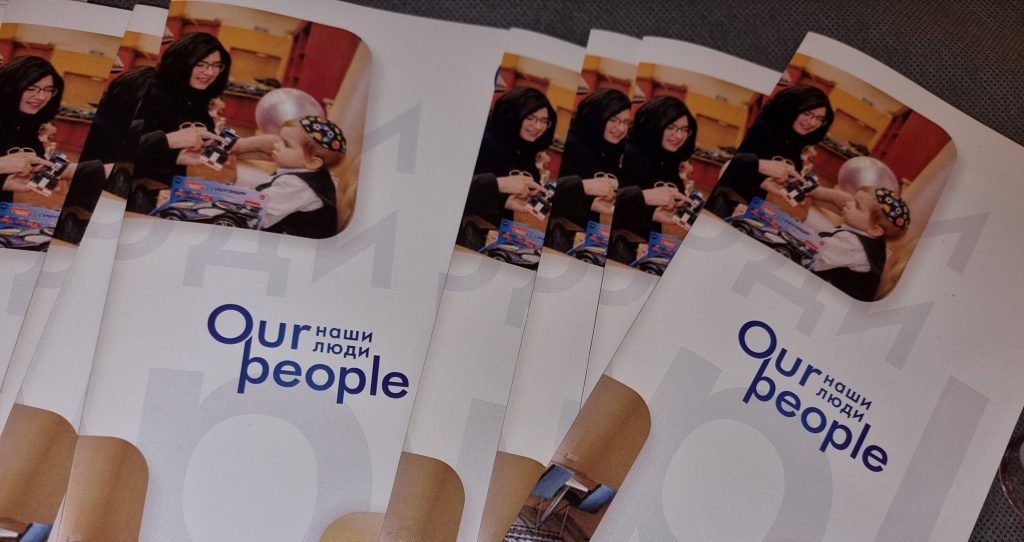
A new non-profit called OurPeople was established to help Russian-speaking Olim who have come recently in increasing numbers.
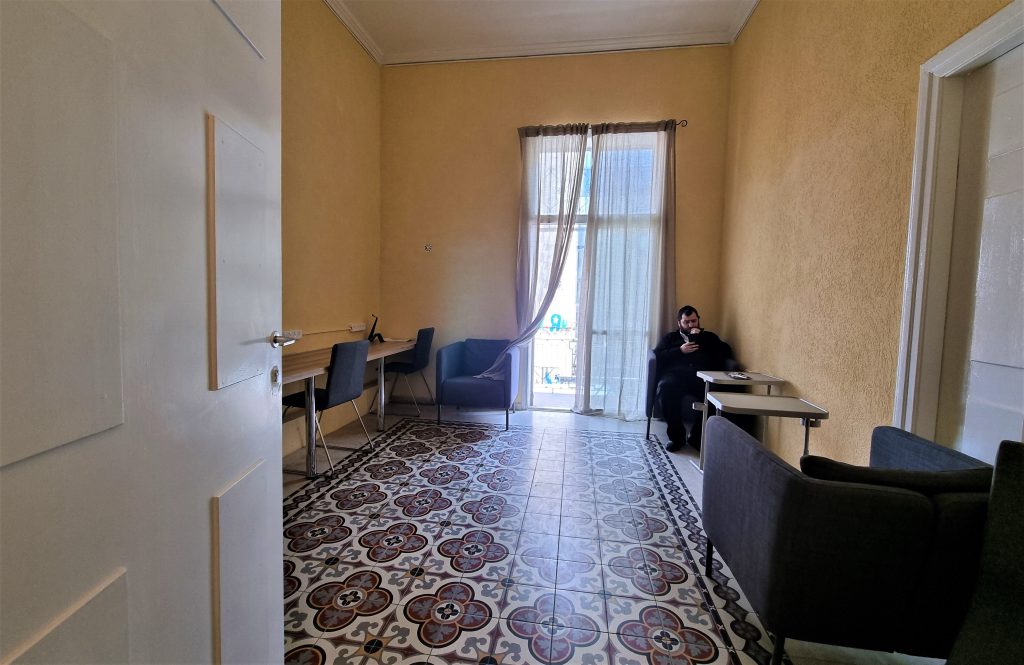
This is one room in the new business complex that OurPeople opened this past week on King George Street in downtown Jerusalem.
Love those old tiled floors in all the rooms.
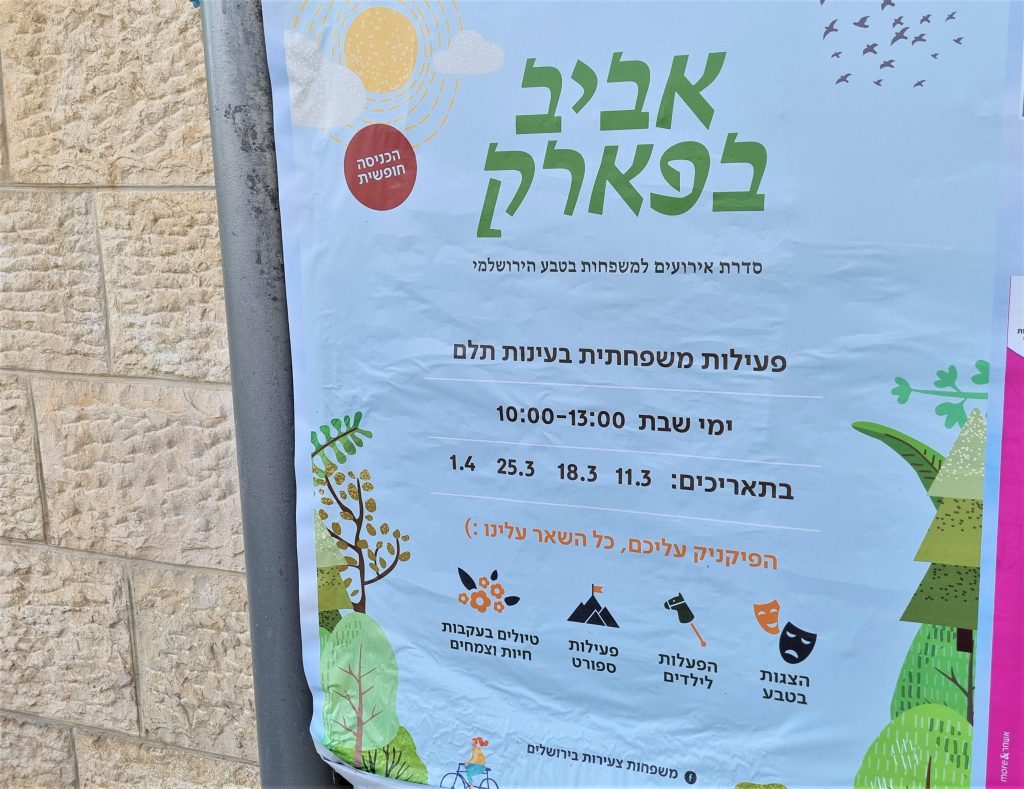
The spring weather has not been the best, but nevertheless, there were activities for young families in the parks on Shabbat.
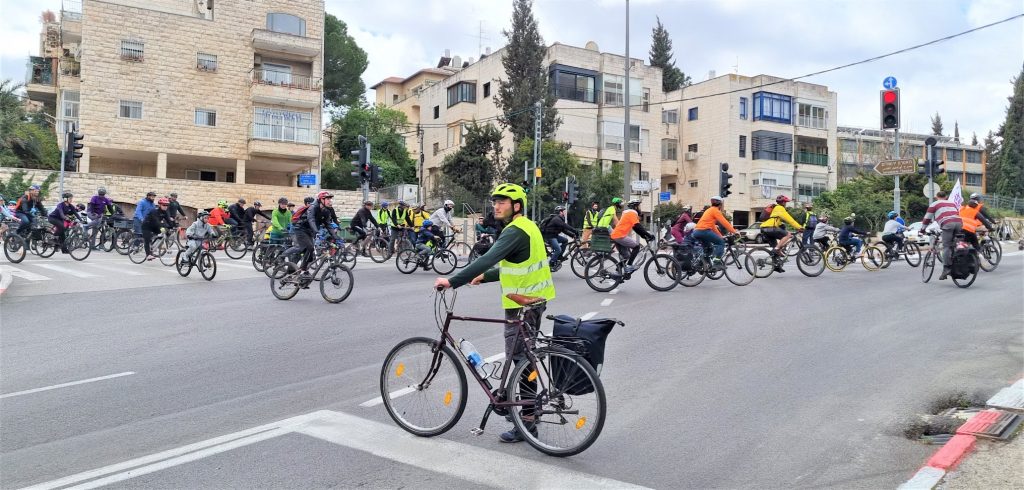
And on Friday there was a bike ride around Jerusalem. Those Jerusalem streets were not closed for long when the dozens of bikes went by.
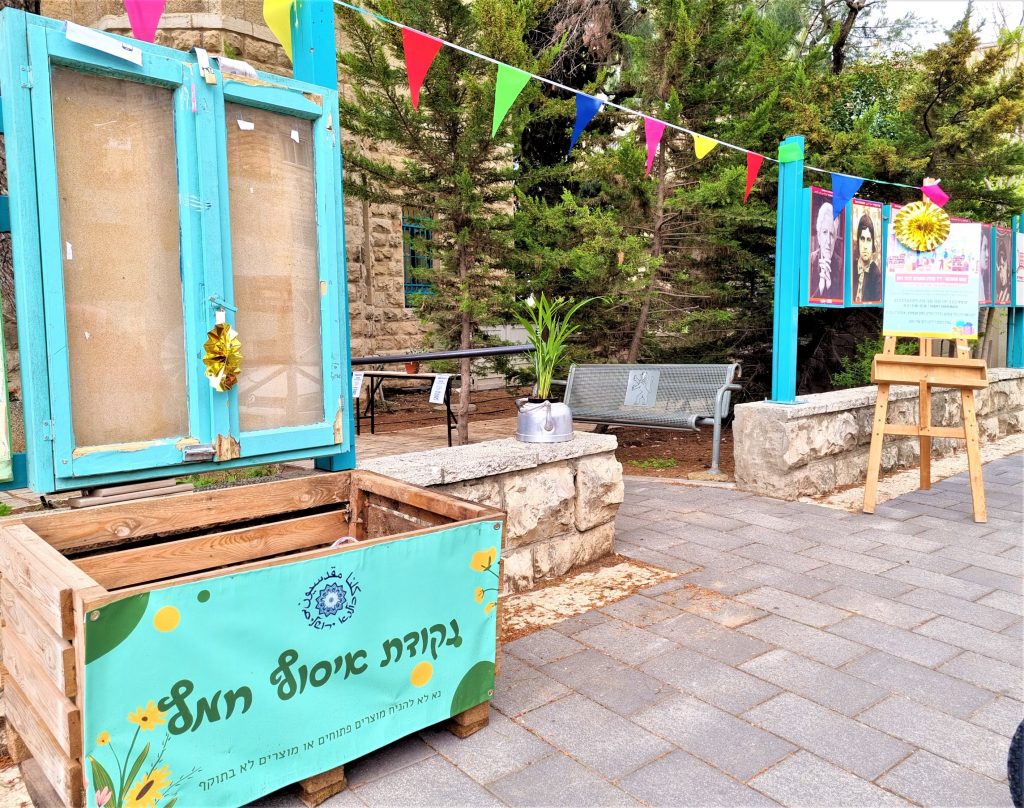
The Community Center on HaPalmach Street held a mini-fair on Friday. The weather was cold, but the families attending seemed to be enjoying the events, especially those inside. Notice the box outside for food donations of chametz, food not for Passover use goes to those in need.
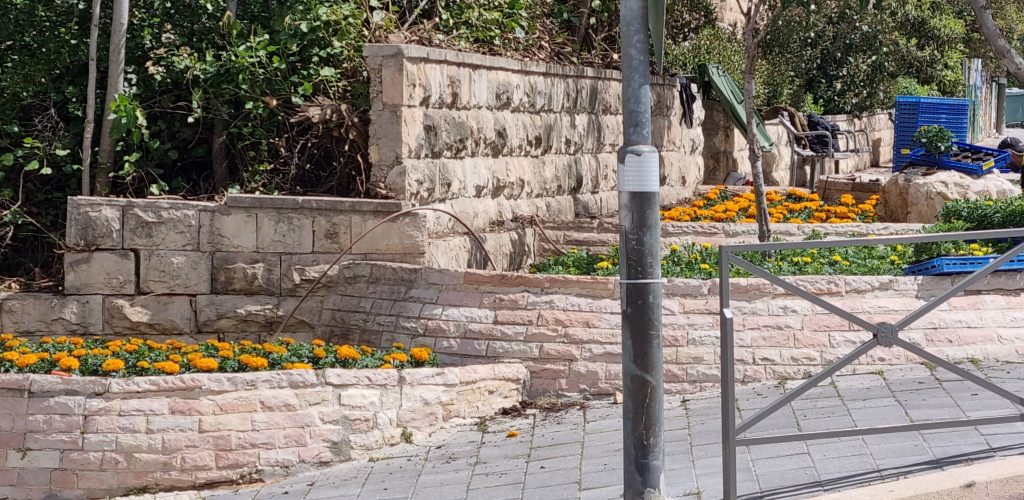
It seems as if all the Jerusalem flower beds are constantly dug up and replanted with new flowers for the spring holiday time.
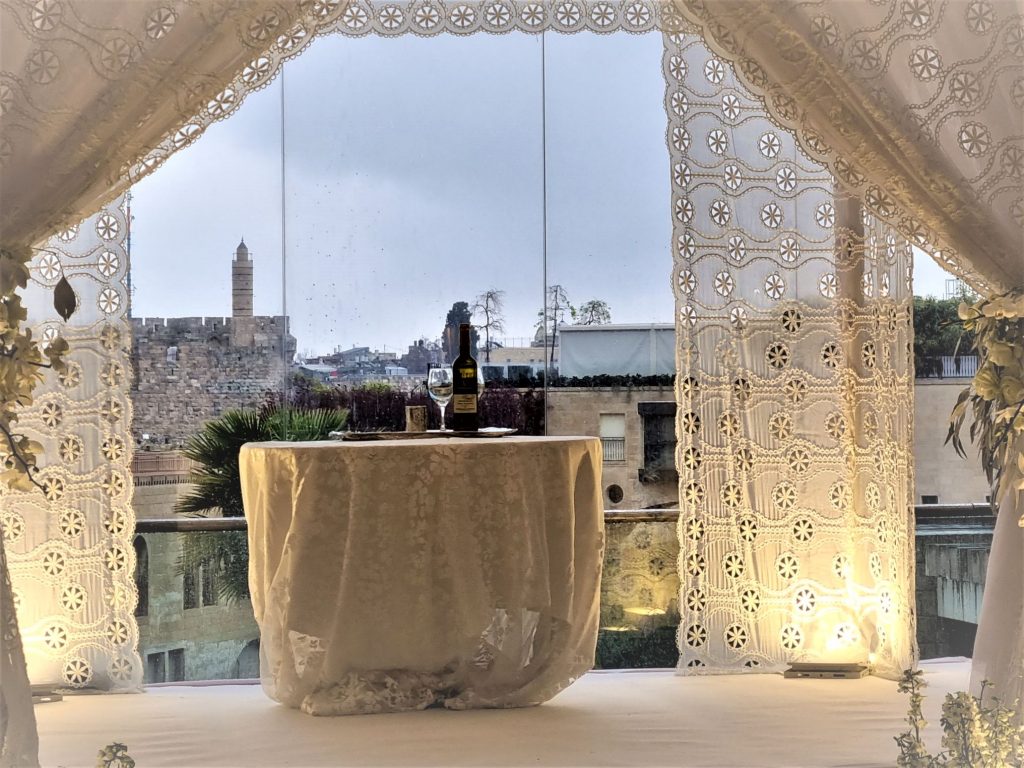
And weddings! So many weddings with people coming from around the world to get married in Jerusalem before Passover.
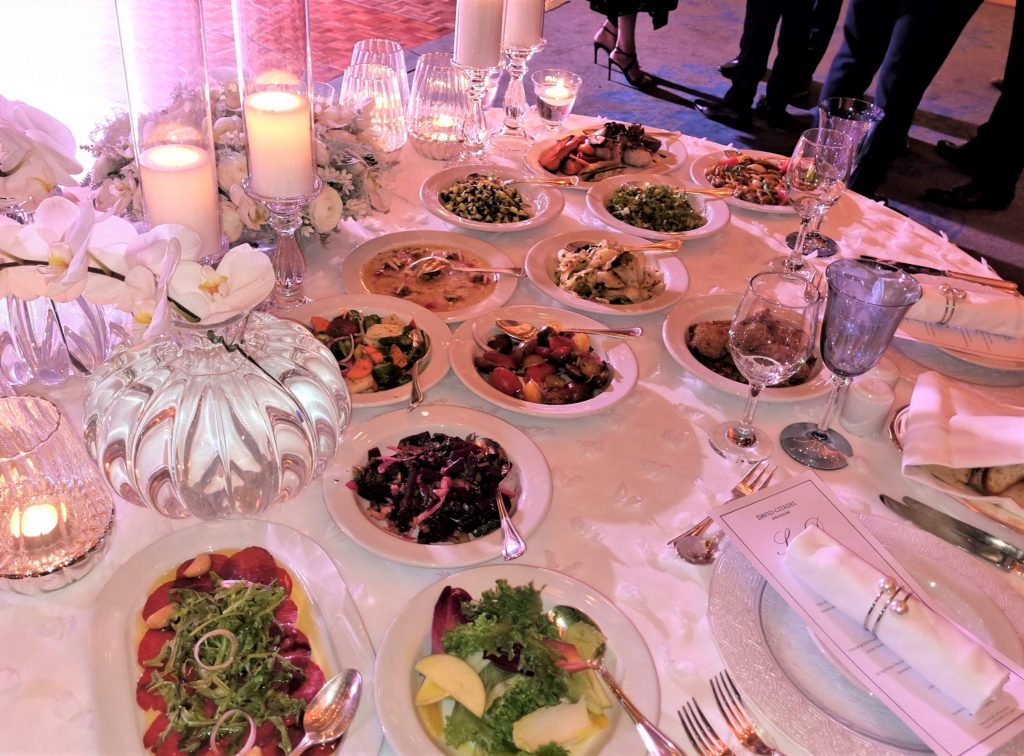
The hotel had changed over to Passover-only food. But unless you saw the sign on the front door or missed seeing bread on the table you would never have known. Amazing what can be done using potatoes these days!
Government offices are to be closed from Wednesday, April 5, through Saturday, April 15, 2023. But the rest of the country will be busy exploring and enjoying nature parks and museums.
In Jerusalem, there are too many things happening to mention now.
Will have to see how many I am able to attend in the short time of Chol HaMoed, the intermediate days this year, starting with Birkat Cohanim, Priestly Blessing scheduled for next Sunday morning.
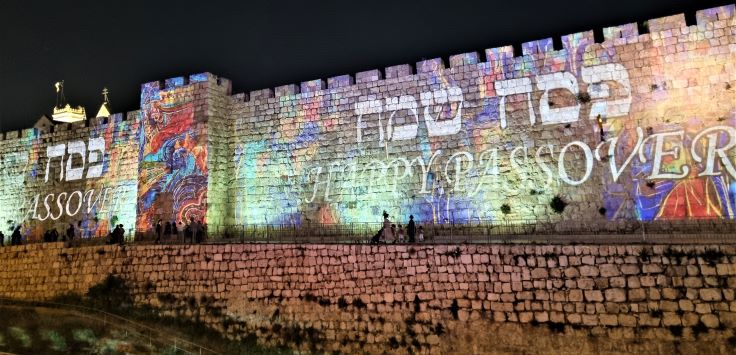
Happy Passover
from
The Real Jerusalem Streets
